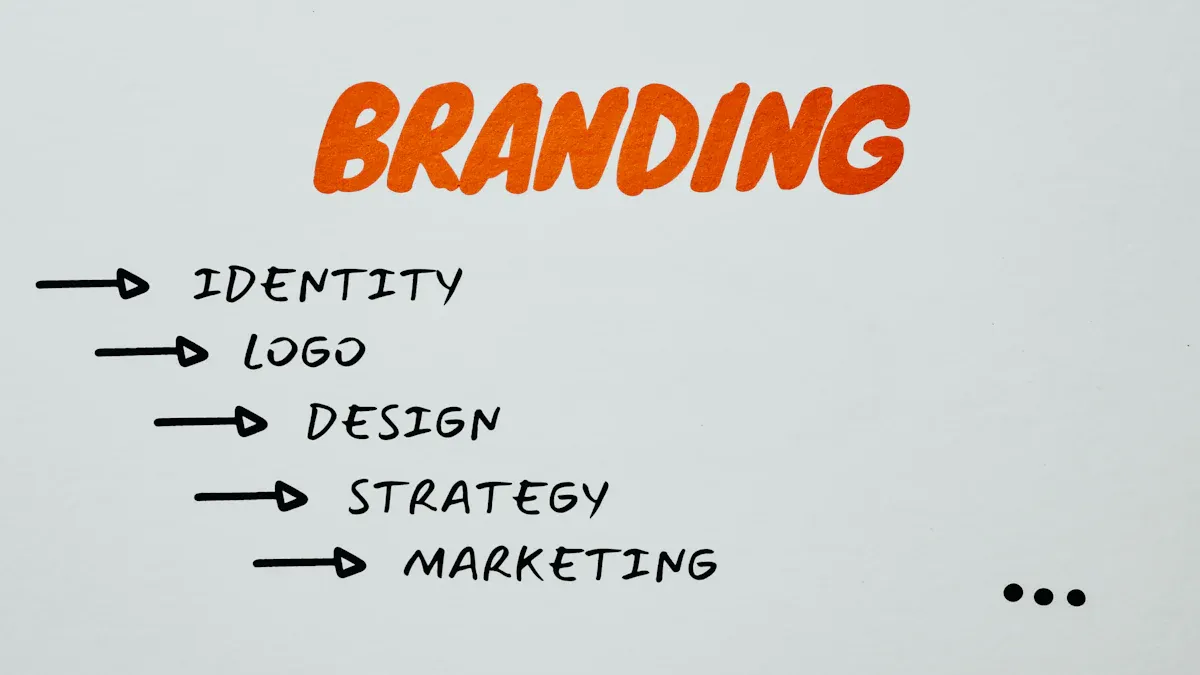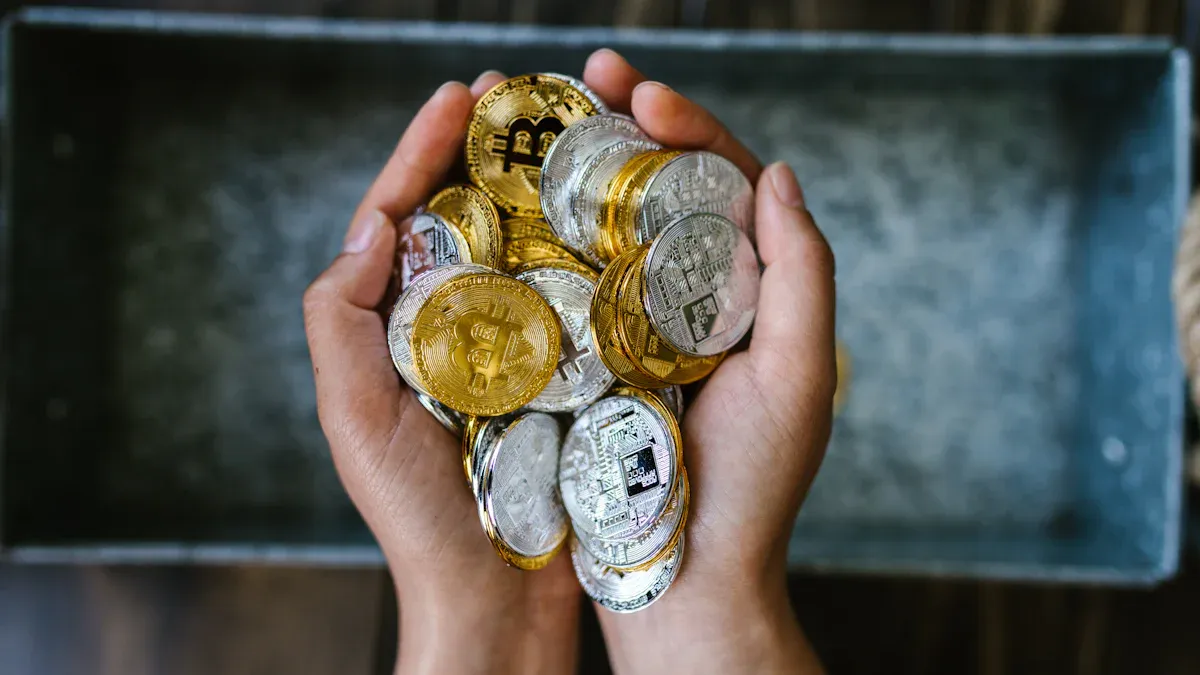It’s harder than ever to cut through the noise. Everyone can create content, and everyone does.
The key to getting attention is relevance, and. the key to relevance is developing a deep understanding of your customer.
One way to get better engagement is through behavior design. Behavior design is an approach to structuring experiences informed by psychology and neurology, taking the latest research and applying it to behavioral outcomes.
By leveraging insights from psychology and behavioral science, you can design campaigns, products, and experiences that not only capture attention but also drive action.
But what exactly is behavioral design, and how can you use it in your marketing strategy?
What Is Behavioral Design?
Behavioral design is essentially crafting environments and experiences that guide people toward specific behavioral outcomes. It draws from behavioral economics, psychology, and design principles to influence decision-making without stripping people of their autonomy.
Think of it as setting up a chessboard where every piece placement encourages the next logical move—and that move is to engage with your brand.
Key Principles of Behavioral Design
Here are some foundational principles you can incorporate into your marketing efforts:
1. Choice Architecture
How you present choices can significantly influence decisions. Ever noticed how subscription services like Netflix emphasize their “Standard” plan? By positioning it as the default, they nudge users away from the lower or higher-priced tiers.
2. The Power of Defaults
Defaults are powerful. People tend to stick with pre-selected options because it’s easier. Think about how Apple Music offers a free trial that auto-renews unless canceled. That’s behavioral design at work.
Pro Tip: In design there are ‘dark patterns’. These are design choices that make it more difficult for people to make a decision. Making it difficult to cancel a service, for example. Always put your customer first, and design with a goal of helping them.
3. Social Proof
Humans are hardwired to follow the herd. Amazon’s “Best Seller” tags or “Frequently Bought Together” suggestions capitalize on this principle. Highlighting popular products can increase conversion rates.
4. Loss Aversion
People hate losing more than they love winning. Creating urgency with phrases like “Last chance!” or “Only 2 left in stock!” taps into this psychological bias.
Stories That Sell
Let’s ground these principles with real-world examples:
- The Spotify Wrapped Phenomenon Every December, Spotify users eagerly await their Wrapped report. It’s a personalized year-in-review of their listening habits. By gamifying data and leaning into social proof (everyone shares theirs!), Spotify turns users into brand ambassadors.
- Airbnb’s Scarcity Play “Only 1 room left at this price!” How many of us have rushed to book because of that tiny notification? Airbnb’s strategic use of scarcity nudges users to act fast.
- Nike’s Customization Tool With Nike By You, customers can design their sneakers. This taps into the principle of ownership: people value things more when they feel personally connected to them.
How to Apply Behavioral Design in Your Marketing
1. Audit Your User Journey
Map out every touchpoint where customers interact with your brand. Look for friction points where users drop off and think about how behavioral design can reduce these obstacles.
2. Test, Iterate, Repeat
Behavioral design isn’t one-size-fits-all. Use A/B testing to see which nudges work best. For example, experiment with different calls-to-action: “Sign up now” vs. “Start your free trial today.”
3. Focus on Micro-Moments
Pay attention to small details that influence decisions. A simple tweak, like adding a progress bar during the checkout process, can boost conversions by giving users a sense of achievement.
Ethics in Behavioral Design
Here’s the golden rule: don’t manipulate; guide. Behavioral design should empower users, not exploit them. Misusing these principles can erode trust, which is far harder to rebuild than to lose.
Final Thoughts
Behavioral design draws on research, but like all design it’s a process. By understanding what makes people tick, you can create marketing that doesn’t just sell but resonates. Test, iterate, improve.
So, what’s your next step? Start small. Implement one principle in your next campaign and measure the results. Behavioral design isn’t about sweeping changes; it’s about thoughtful, incremental improvements.
Further Reading:
- Thaler, R., & Sunstein, C. (2008). Nudge: Improving Decisions About Health, Wealth, and Happiness.
- Kahneman, D. (2011). Thinking, Fast and Slow.
- Cialdini, R. B. (2001). Influence: The Psychology of Persuasion.










